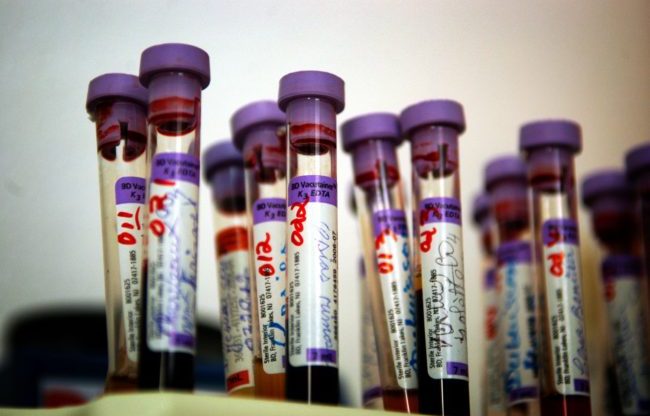Scientists find they can eliminate HIV from the DNA of human cells

Multiple countries still maintain deferral periods for gay and bisexual men (Creative Commons)
Researchers have found they can effectively and safely eliminate HIV from the DNA of human cells grown in a culture.
Scientists from the Lewis Katz School of Medicine at Temple University used the CRISPR/Cas9 gene-editing technique and managed to cut HIV out of the human immune cell’s DNA.
This scientific breakthrough found that recovered cells exposed to the virus were protected from reinfection – making this the first time scientists have worked out how to prevent further infections.
Lead researcher, Kamel Khalili, confirmed that the system was able to “protect cells from reinfection and that the technology is safe for the cells, with no toxic effects”.

He added: “The findings are important on multiple levels. They demonstrate the effectiveness of our gene editing system in eliminating HIV from the DNA of CD4 T-cells and, by introducing mutations into the viral genome, permanently inactivating its replication.”
The CRISPR/Cas9 gene-editing technique, which uses ‘scissor-like’ proteins, is described as a revolutionary way of investigating and treating the root causes of genetic disease.
The technique allows scientists to target a specific gene or section of the genome and to cut and paste elements of it to change its function.
On paving the way to an eventual cure for patients infected with HIV, Dr Khalili said: “Antiretroviral drugs are very good at controlling HIV infection. But patients on antiretroviral therapy who stop taking the drugs suffer a rapid rebound in HIV replication.”
Meanwhile, a charity is filing legal action against NHS England after it refused to commission HIV-preventing drugs.
Pre-Exposure Prophylaxis (PrEP) drug Truvada can reduce people’s chances of being infected with HIV by up to 99 percent, if taken daily.

